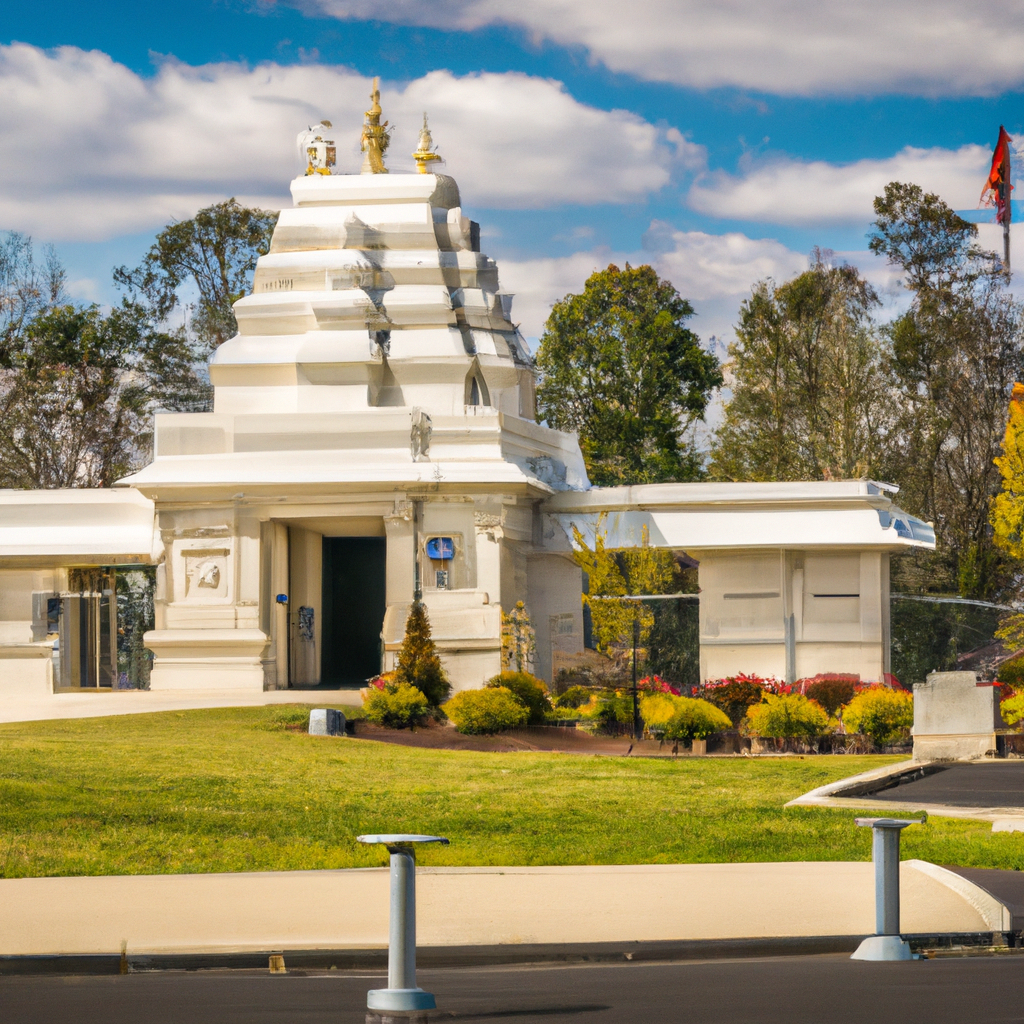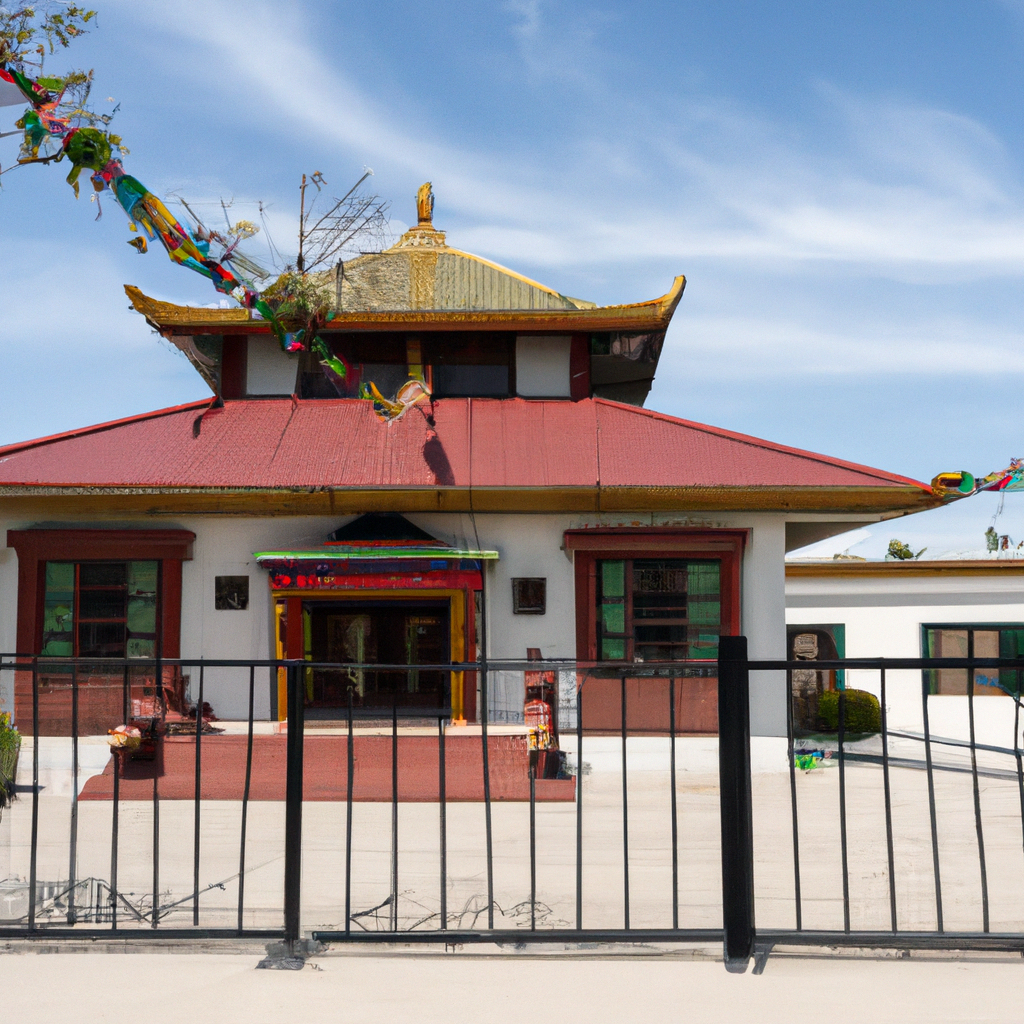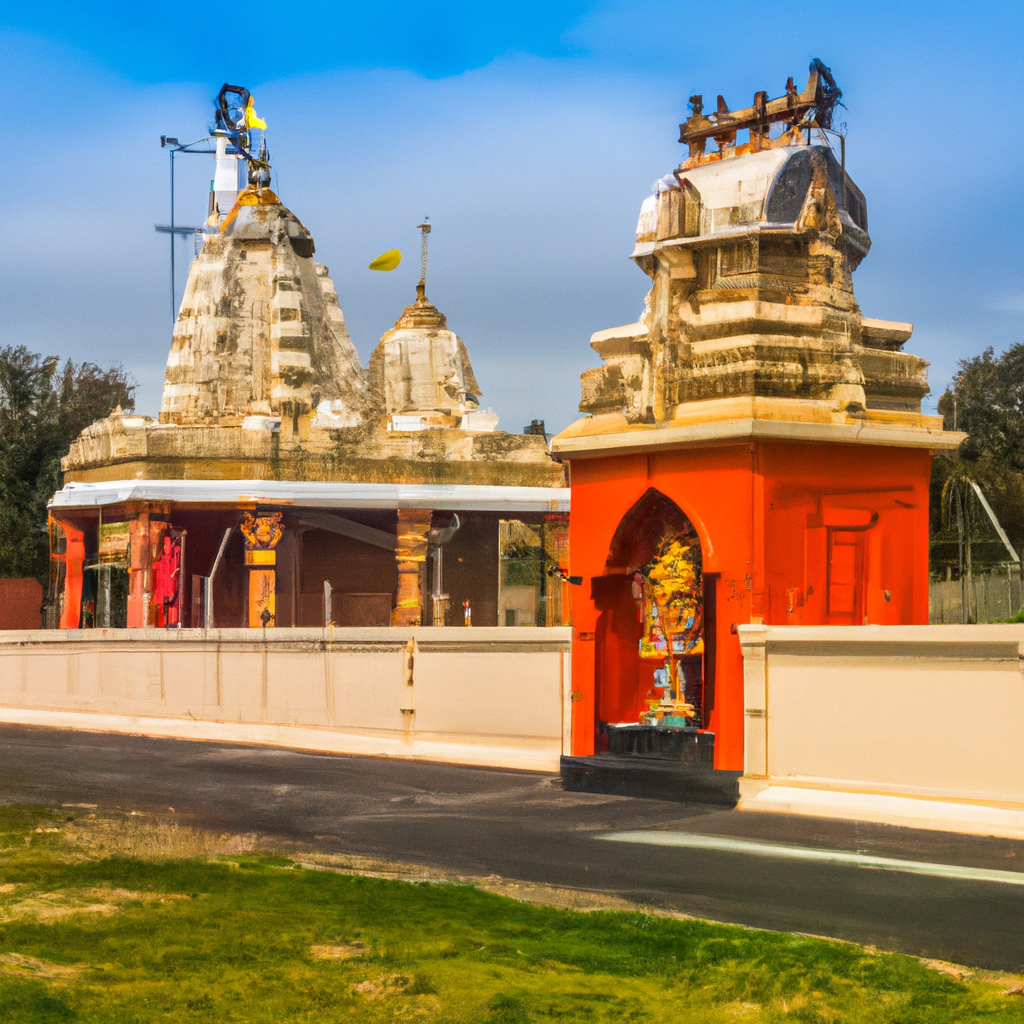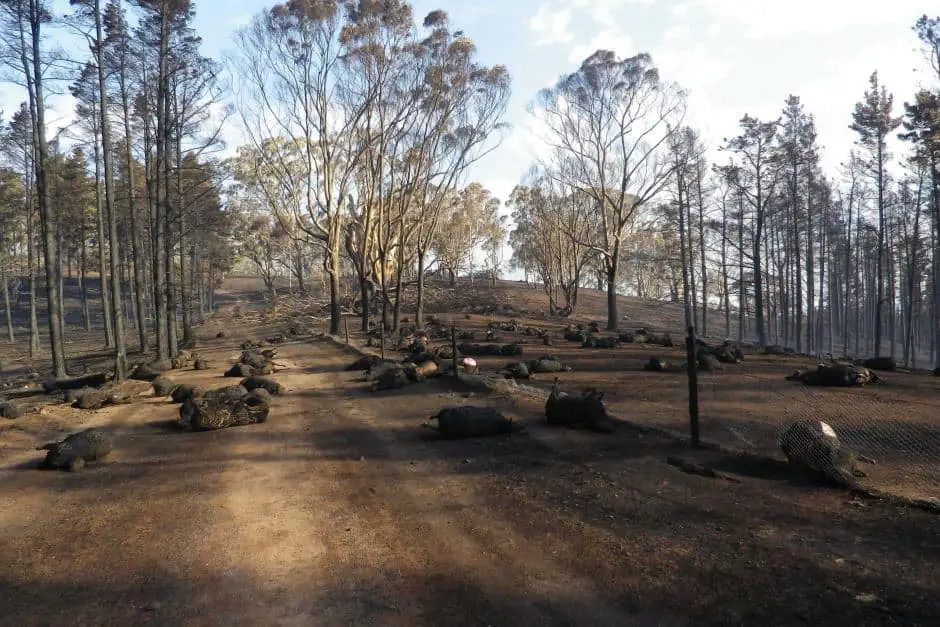Uluru (Ayers Rock) - Northern Territory In Australia: Overview,Prominent Features,History,Interesting facts
Overview:
: Uluru (Ayers Rock), a large sandstone rock formation located in the Northern Territory of Australia, is estimated to have formed around 550 million years ago. It is believed to have been an important cultural site for the indigenous people of Australia, known as the Anangu people. It also has remarkable significance to Aboriginal Australians, and is one of Australia's most iconic natural attractions. Today, Ulura is a popular tourist destination, visited by thousands of travelers each year. It features a variety of unique geologic features, as well as walking trails, cultural experiences, and spiritual experiences, making it a popular destination for tourists from around the world. It is one of the most beautiful monuments in Australia
Prominent Features:
• Iconic sandstone rock formation rising to 1,142 feet (348 meters). • Located in Uluru-Kata Tjuta National Park. • Revered by the indigenous tribes of the area and a popular attraction for travelers from around the world. • Site of spiritual significance in Aboriginal mythology, where traditional ceremonies, cultures and beliefs are still observed. • Visible from miles in every direction and provides stunning views at sunrise and sunset. • Home to species of desert life, such as red kangaroos, dingos, antechinus and whipbirds. • Also offers excellent hiking, camel riding and recreational activities for tourists. You can learn history, culture, and heritage through these magnificent monuments in Australia.
History:
Uluru (Ayers Rock) is an iconic Australian landmark located in the Northern Territory of Australia. It is a large sandstone monolith, held sacred by the Anangu Indigenous Traditional Owners and attracts thousands of visitors each year. The region is known to be around 600 million years old, but its exact age is unknown. The rock is around 8 km in circumference and stands 348 metres high. It is thought to have been formed by strong winds and rain eroding the sandy sediment of the surrounding plain. The original inhabitants of Uluru were Aboriginal people who called themselves the Anangu. According to Aboriginal traditional owners, their ancestors have lived in the area for countless generations. Legends claim that the Anangu were the guardians of Uluru and held it sacred. In 1873, the explorer William Gosse became the first Europeans to find Uluru and named it Ayers Rock, after Sir Henry Ayers, the chief secretary of the government of South Australia at the time. During the 1950s and 1960s, Uluru was used by the Australian army as a training ground and was surrounded by barbed wire and gun emplacements. In 1958, the Northern Territory was granted limited self-government and within a year, the Federal government asserted ownership of Uluru and declared it an Aboriginal reserve, safeguarding it from further development. In 1985, Uluru was handed back to its traditional Aboriginal owners, the Anangu, and in 1987, its name was officially changed from Ayers Rock to Uluru. It was jointly listed as a UNESCO World Heritage Site in 1994. The site is jointly managed by both the Aboriginal traditional owners and the Australian government. Today, Uluru is one of Australia’s major tourist destinations, drawing thousands of visitors annually. While the Anangu still hold the site in deep respect, visitors are expected to uphold the traditional beliefs of the Indigenous people and stay on designated pathways while visiting the site, as well as refraining from climbing the rock. Visit one of the famous monuments of Australia with your friends and family.
Interesting facts:
1. Uluru is a sacred site of immense spiritual importance to the traditional Aboriginal owners, the Anangu people. 2. Uluru stands 348 metres (1141 feet) high and is 8 km (5 miles) long. Its circumference is 10.6 km (9.4 miles). 3. The world's largest monolith (a single piece of exposed rock), Uluru is made of sandstone and is estimated to be between 500 million and 2 billion years old. 4. Uluru is believed to have formed in what was once an inland sea. 5. Uluru was discovered by explorer William Gosse in 1873. 6. Uluru is best seen from the air, where its curved shape and obvious bulk can be best appreciated. 7. The rock face of Uluru changes colour at different times of day and at different times of the year. 8. The temperature at Uluru fluctuates significantly between night and day, and between summer and winter. 9. Uluru has more than 1,000 recorded plant species, some of which are rare and even threatened. 10. Uluru is a significant water feature; it is estimated that water runs off from the rock and into surrounding areas for up to six months of the year. One of the historical monuments of Australia, it tells the story of a bygone era
Explore Australia most popular tourist destination with us. Uluru (Ayers Rock) - Northern Territory In Australia: Overview,Prominent Features,History,Interesting facts,which is 35.14 km away from Australia main town, is the most popular destination to add in your travel wishlist.
-
City:
Australia
- state:
-
country:
Australia
-
country code:
AU
-
postcode:
0872
Location:
Australia
 - Northern Territory In Australia.png)
















